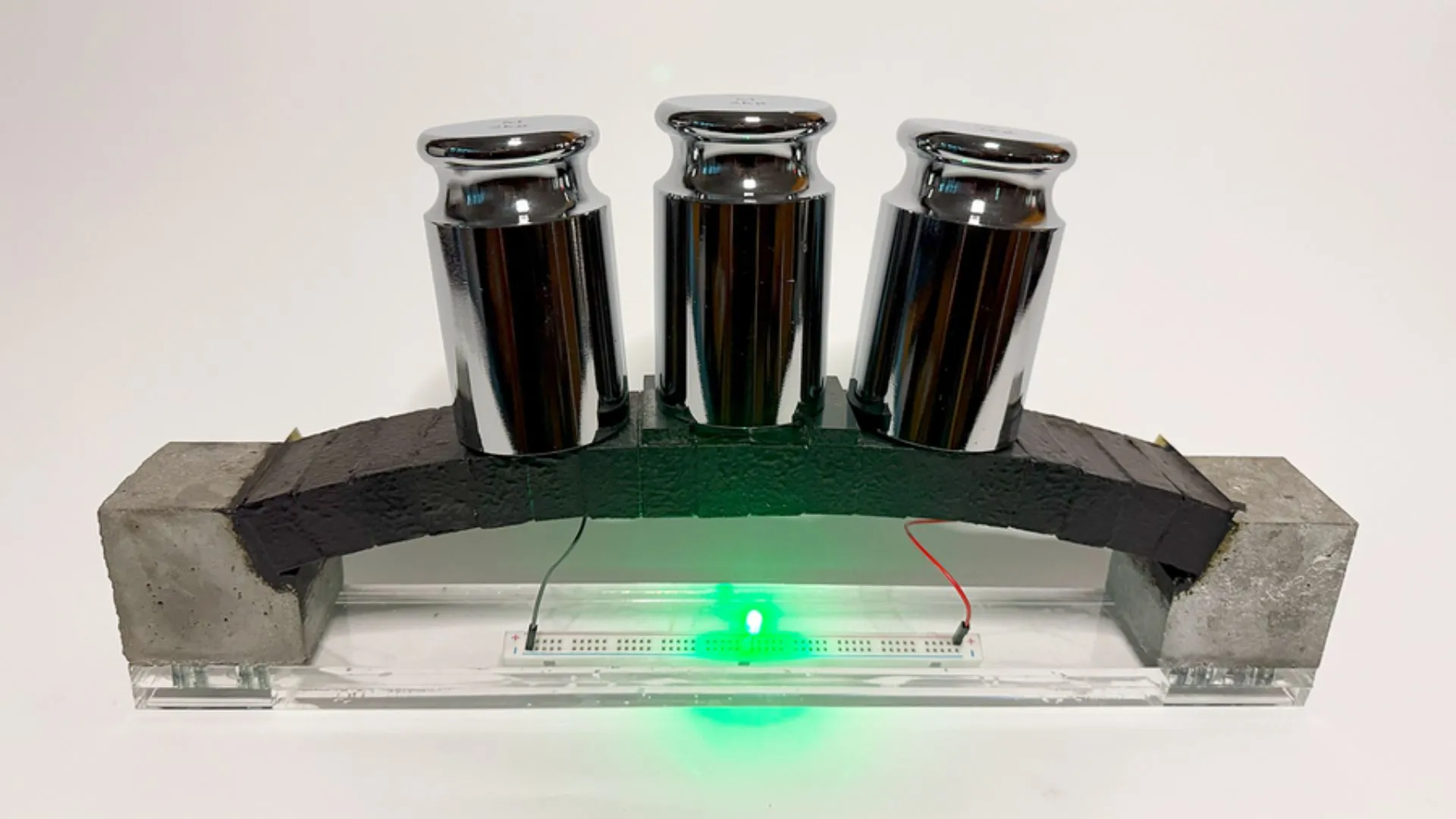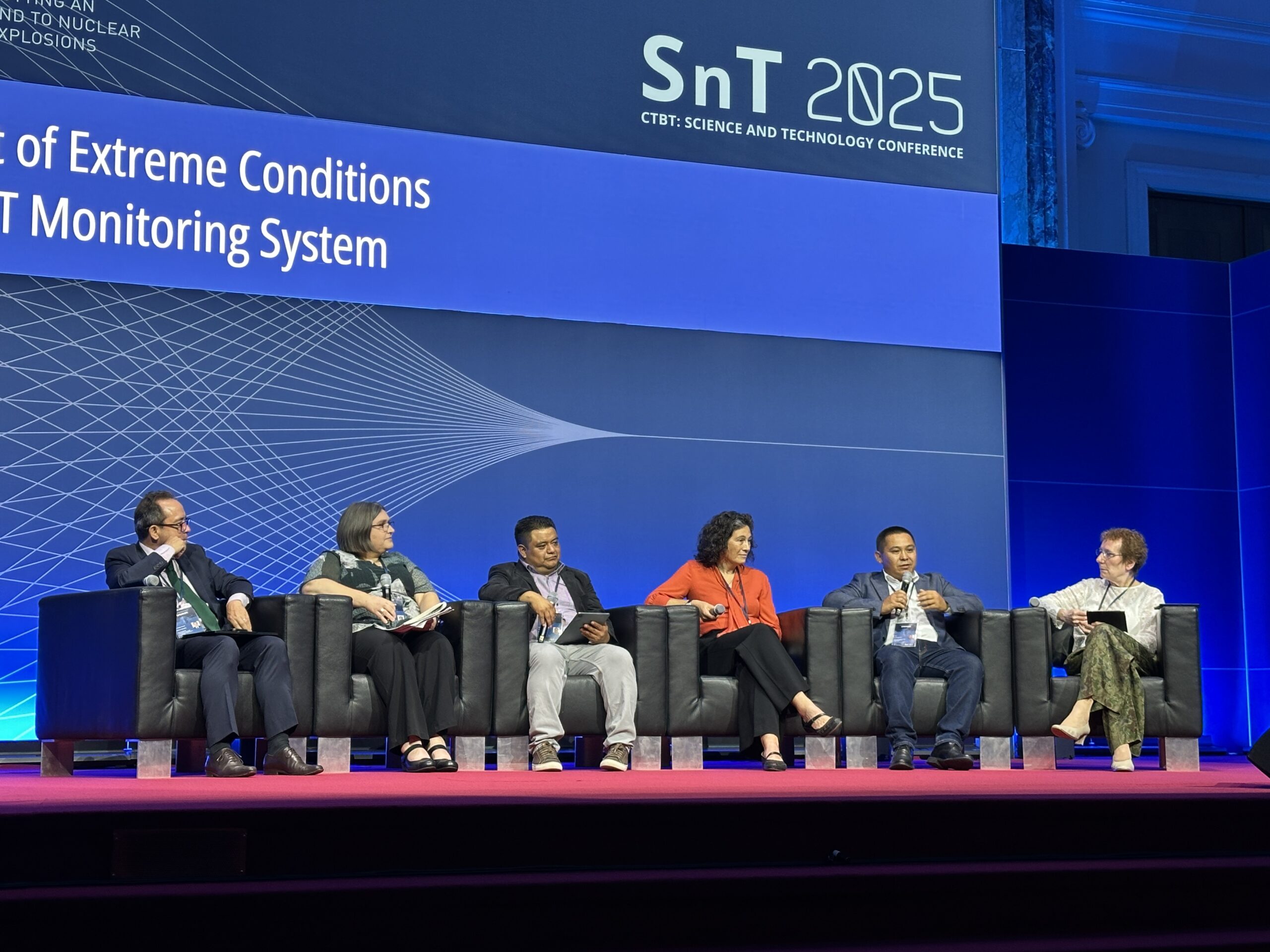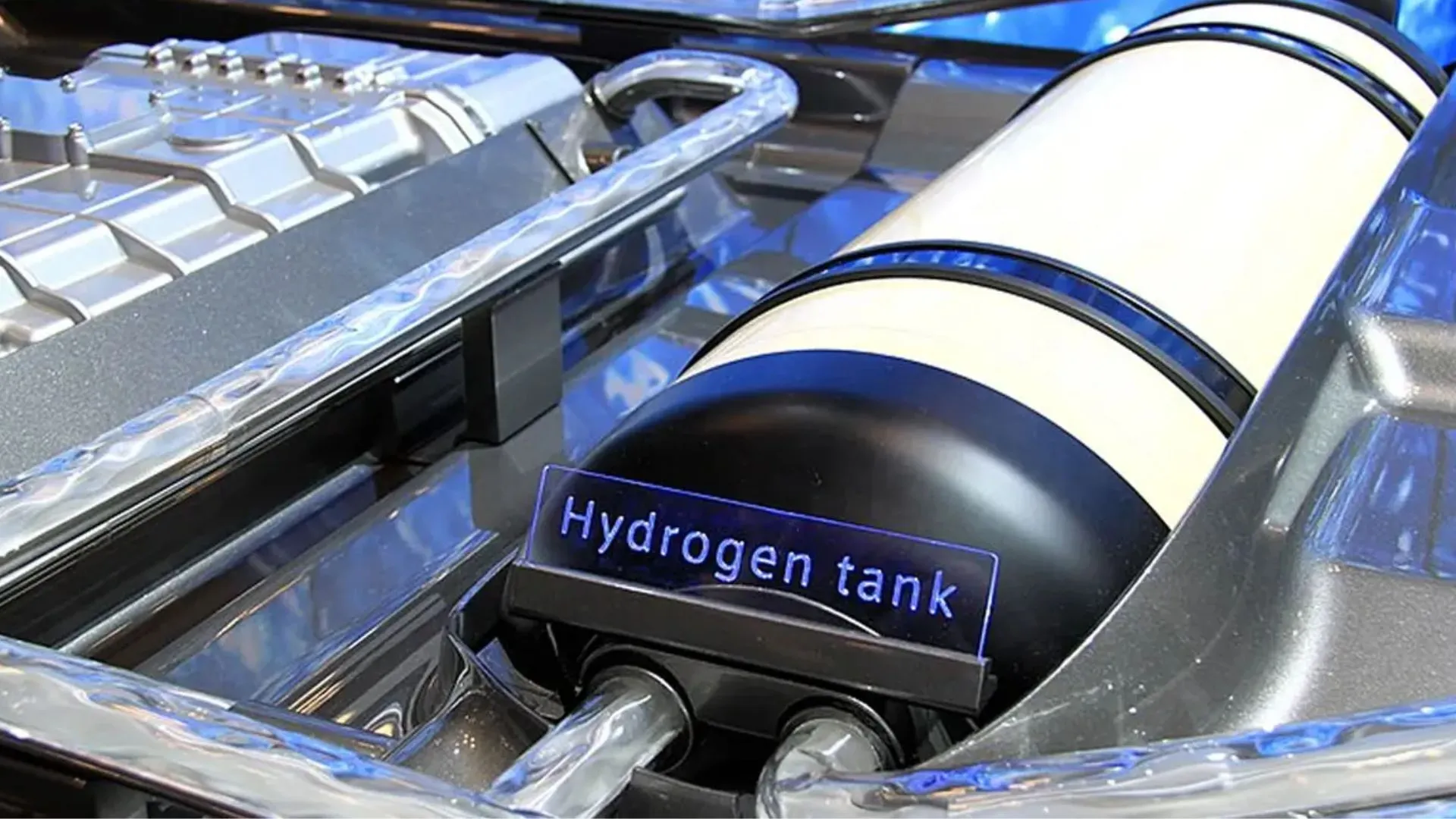
Concrete has long built our cities, but researchers now see it as a future power source, too. A new form of electron-conducting carbon concrete, or ec3, can store and release electricity.
The breakthrough from MIT scientists shows how everyday walls, sidewalks, and even bridges could double as giant batteries.
The material combines cement, water, ultra-fine carbon black, and electrolytes. Inside, it forms a conductive nanonetwork that stores energy.
MIT’s latest research shows energy density in ec3 has jumped by tenfold.
In 2023, meeting a household’s daily power needs required 45 cubic meters of ec3.
With the new electrolyte mix, only about 5 cubic meters are needed, roughly the size of a basement wall.
“A key to the sustainability of concrete is the development of ‘multifunctional concrete,’” said Admir Masic, co-director of the MIT EC³ Hub. “Concrete is already the world’s most-used construction material, so why not take advantage of that scale to create other benefits?”
Cracking the nanonetwork
The team used FIB-SEM tomography to image the material layer by layer. T
hey discovered the nanocarbon black forms a fractal-like web around pores. This allows electrolytes to penetrate and current to flow.
“Understanding how these materials ‘assemble’ themselves at the nanoscale is key to achieving these new functionalities,” Masic explained.
Researchers tested several electrolytes. They found seawater could work, making ec3 useful for coastal projects and offshore wind farm supports.
They also changed how electrolytes were added. Instead of soaking concrete later, they mixed electrolytes into the water before casting, allowing thicker, more powerful electrodes.
The biggest gains came with organic electrolytes. A cubic meter of ec3 with these salts and acetonitrile can store more than 2 kilowatt-hours. That’s enough to run a refrigerator for a day.
Ancient inspiration, modern use
Masic compared the work to Roman construction. “The Ancient Romans made great advances in concrete construction,” he said.
“If we keep up their spirit of combining material science with architectural vision, we could be at the brink of a new architectural revolution with multifunctional concretes like ec3.”
The team built a small ec3 arch to show the potential. It supported weight while powering an LED.
When stressed, the light flickered. Masic suggested this could one day help buildings monitor their own health in real time.
Ec3 has already warmed sidewalks in snowy Sapporo, Japan, thanks to its thermal conductivity. MIT’s latest advance now points toward larger-scale energy storage roles.
“One of our biggest motivations was to help enable the renewable energy transition,” said Damian Stefaniuk, first author of the paper.
“Solar power can only generate when there’s enough sunlight. So, the question becomes: How do you meet your energy needs at night, or on cloudy days?”
Franz-Josef Ulm, EC³ Hub co-director, added: “The answer is that you need a way to store and release energy. This has usually meant a battery, which often relies on scarce or harmful materials. We believe that ec3 is a viable substitute.”
James Weaver, co-author and Cornell professor, said: “By combining modern nanoscience with an ancient building block of civilization, we’re opening a door to infrastructure that doesn’t just support our lives, it powers them.”



